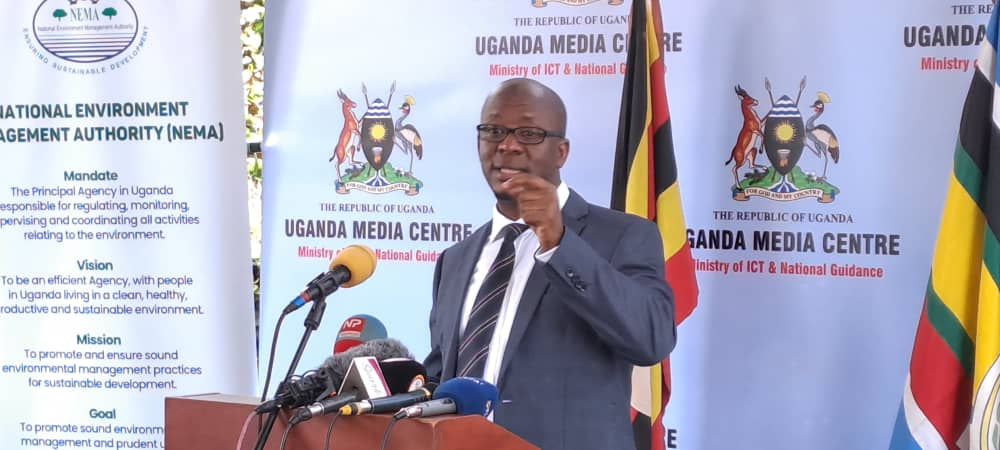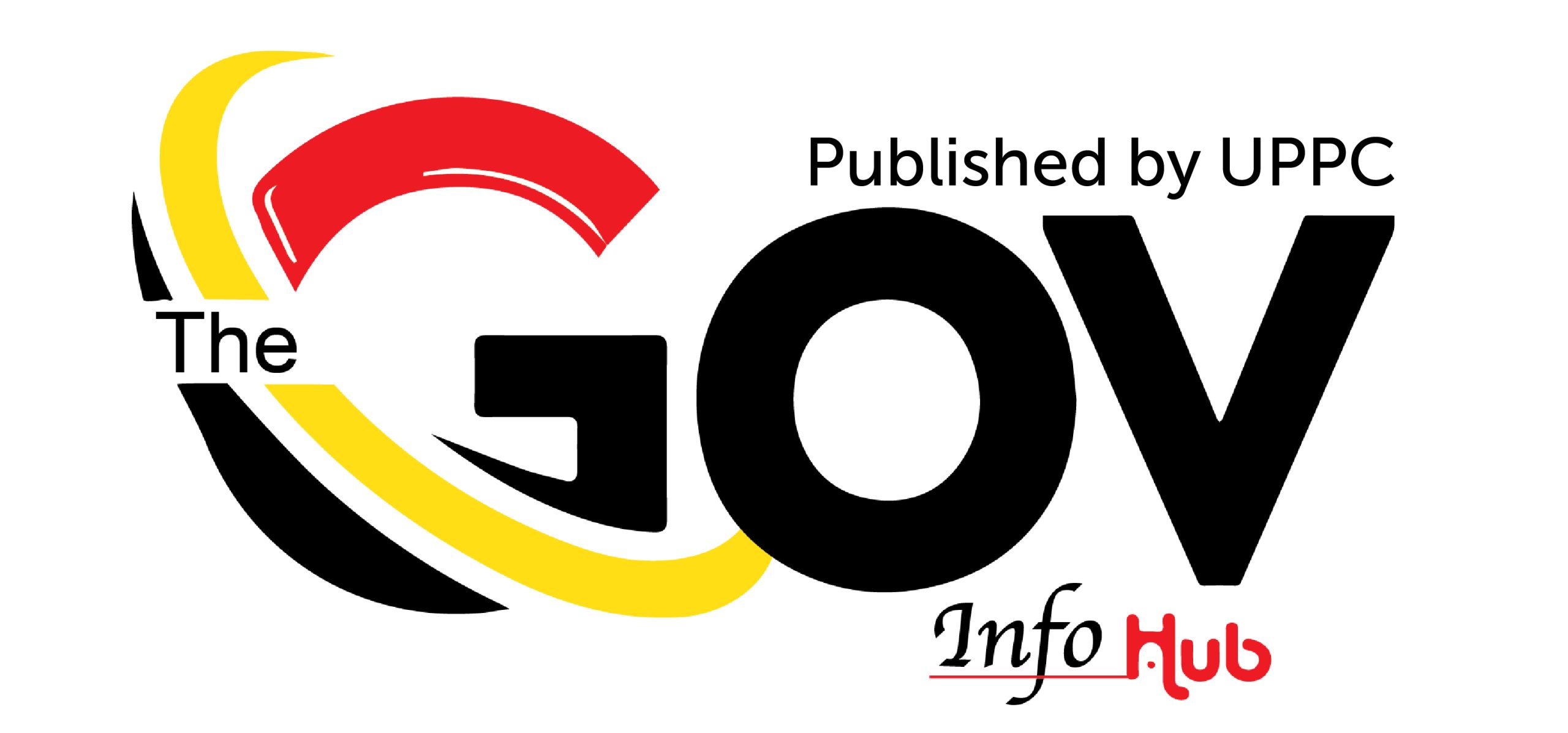The National Environment Management Authority (NEMA) has improved the processing time for Environment Impact Assessments (EIA), making it easier for developers to undertake their activities.
This is partly attributed to the digitalization of the processes, allowing online submissions or assessment reports, among others.
The Executive Director of NEMA, Dr. Barirega Akankwasah said NEMA is doing everything possible to ensure that the certification process is made more effective and efficient.
The ED said the online project assessment registration system has been developed to help practitioners register their assessment reports for verification by the authority.
The last five-year performance trend shows a steady increase in the EIAs handled. In the financial year 2018-2019, NEMA received 1,618 applications and of those 1,125 were certified.
The numbers of applications dropped to 1,381 in 2019-2020, only 991 were certified due to COVID-19 outbreak. Activities revamped in 2020-2021 when 1,873 applications were received and out of these, 1,478 were certified.
The number of applications received almost doubled the following year to 3,565 and the number of certificates issued also grew to 2,490.
Meanwhile, all those year, as indicated there was a growing backlog as the application could not all be cleared within the year that they were submitted.
However, last year, die to improving efficiency, while the applications received were 4,761, those cleared or certified exceeded this, showing that the agency is now also able to tackle the backlog.
This means, developers will now have less time spent waiting for their EIAs approved.
Akankwasah cautions developers, practitioners, and environmental police against being compromised and to avoid and “any form of misconduct” to allow thorough environmental assessment and certification so that operation certificates are issued to environmentally compliant entities.
ESIA is a process of identifying, predicting, evaluating, and mitigating the bio-physical, social, and other relevant aspects of development proposals before major decisions are taken.
NEMA is mandated under the law to review EIAs to determine the consequences a given project, may have on the environment before approval.
EIAs studies are carried out by certified private environment practitioners who submit studies to NEMA for review before approval.
The Law and regulations provide that after the period of 12 months, the developer shall be subject to the requirements of the National Environment (Audit) Regulations.
The Uganda Association of Impacts Assessment (UAIA) is an umbrella Association that brings together environmental practitioners involved in Environment Impact Assessment, recognised by NEMA.
NEMA is charged with the responsibility of coordinating, monitoring, regulating and supervising environmental management in the country. It spearheads the development of environmental policies, laws, regulations, standards and guidelines; and guides Government on sound environment management in Uganda.
The Ugandan EIAs regulations consider two types of procedures: the projects requiring submission of project briefs or limited EIA and projects requiring full EIAs.
Projects for which project briefs are required according to Schedule 4, part I of the National Environment Act, 2019 can submit these directly to NEMA. The Agency will then consult with other lead agencies and will then take a decision on the project brief.
Projects for which project briefs are required according to Schedule 4, part II of the National Environment Act, 2019 can submit these directly to the applicable lead agency, who is then mandated to decide on the project brief.
Projects for which a full EIAs is mandatory (according to Schedule 5 and possibly Schedule 10 of the National Environment Act 2019) go through a more elaborate procedure.
This involves scoping or terms of reference, consideration of the terms of reference by NEMA (in consultation with lead agencies), and undertaking the EIAs study including stakeholder consultation during the EIAs study.
This results in the EIAs Statement, which is then submitted to NEMA.
The law provides that the process take not more than 12 months, and the same give NEMA the mandate to monitor the project development to ensure compliance.
NEMA may in liaison with the relevant lead agency, within 12 months of grant of a certificate of approval of the EIAs, arrange for onsite inspections and monitoring of the project to ensure compliance with the conditions in the Certificate of approval.
 Dr. Barirega Akankwasah, Executive Director of the of the National Environment Management Authority.
Dr. Barirega Akankwasah, Executive Director of the of the National Environment Management Authority. 
